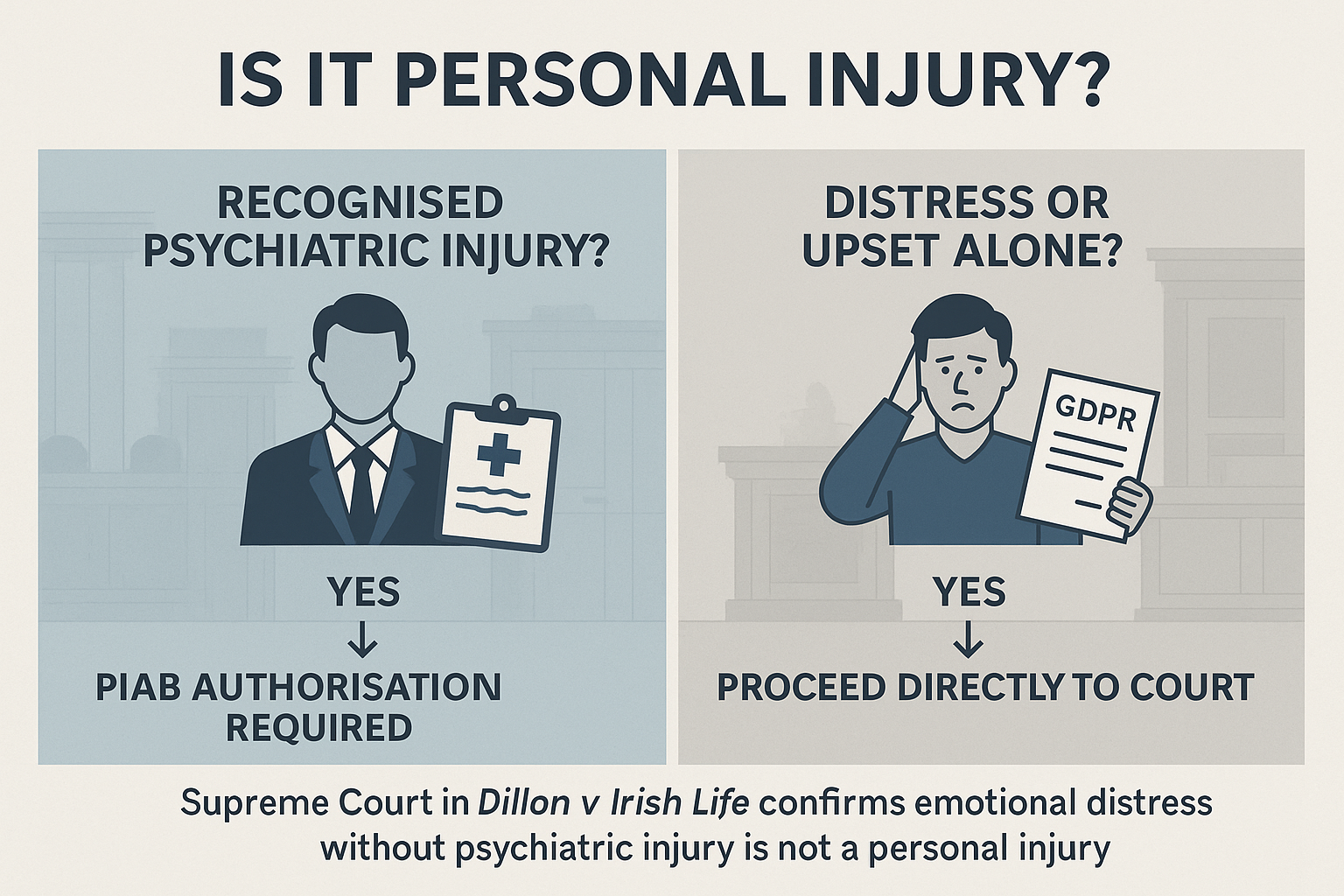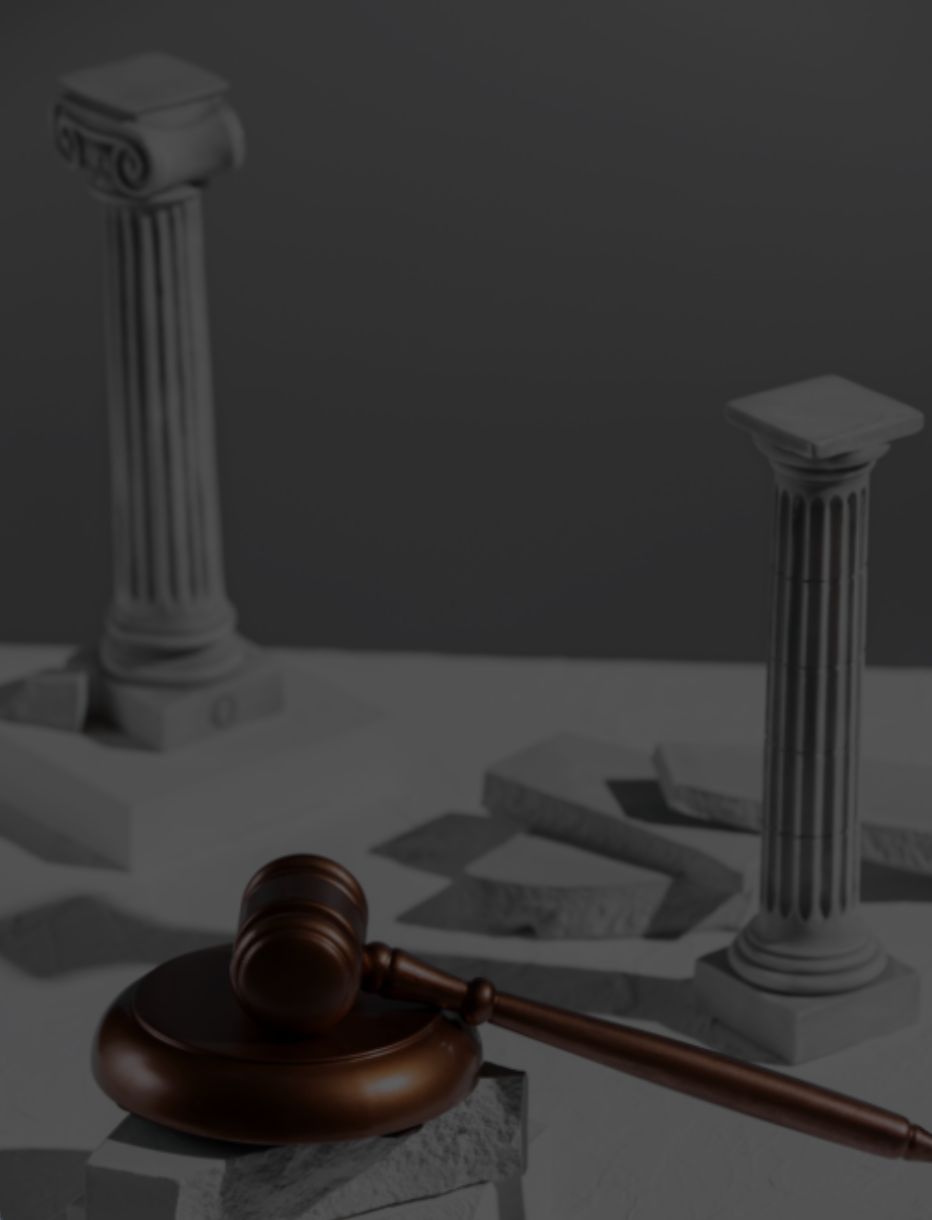In today’s complex claims landscape, private investigators (PIs) play a pivotal role in supporting insurance defence teams across Ireland. When used appropriately and ethically, surveillance can provide crucial clarity in contested personal injury cases—helping insurers, employers, and self-insured entities to challenge fraudulent or exaggerated claims while preserving fairness and legality.
At Lacey Solicitors, our insurance defence team advises clients on the lawful use of private investigators throughout Ireland, from initial instructions to evidentiary use at trial. This blog outlines how private investigators can support your defence strategy, the legal and ethical constraints that must be respected, and the parallel obligations claimant solicitors owe their clients in the digital age.
Why Use Private Investigators in Insurance Defence?
Private investigators are not used to entrap or harass claimants. Their purpose is to objectively observe and document claimants’ day-to-day activities in public places, ensuring consistency with alleged injuries.
While most personal injury claims are legitimate, a small percentage involve inconsistencies between the reported symptoms and a claimant’s actual physical capabilities. This is where private investigators can play a key role—documenting evidence that may influence liability, quantum, or settlement negotiations.
In fact, many surveillance reports support the claimant’s version of events, confirming limitations in movement or pain behaviour. But in cases of exaggeration or fraud, this evidence can be game-changing.
Types of Evidence Collected by Private Investigators in Personal Injury Cases
Where appropriate, surveillance operatives can be called to give evidence in court. It is important to note that PI witnesses, are lay witnesses and not considered expert witnesses by the courts in Ireland. The role of the witness is simply to report on the basis of what was observed. It would be inappropriate for an investigator to proffer a view on an individuals injuries in the context of their observations.
-
Video Surveillance
Video remains the gold standard. PIs may discreetly observe individuals in public settings—walking dogs, lifting bags, entering gyms, or playing sports. If such activities contradict the claimant’s injury reports, this can raise serious credibility issues.
-
Social Media Monitoring
Platforms like Facebook, TikTok, and Instagram offer a treasure trove of publicly available information. Our office has previously commented on How Social Media Evidence Impacts Personal Injury Cases in Northern Ireland and the Republic of Ireland.
A claimant posting holiday selfies or gym check-ins while claiming to be housebound may unknowingly undermine their own case.
It’s essential that investigators only access content that is publicly visible and refrain from unethical tactics like using false profiles or deceptive friend requests.
Legal and Ethical Framework in Ireland
Surveillance is not a free-for-all. Solicitors and insurers must ensure that investigations comply with:
- GDPR and Data Protection Act 2018
- Irish common law privacy rights
- The Law Society of Ireland’s professional conduct rules
Some key legal limitations include:
- Surveillance may only take place in public areas; entering or filming private property is strictly prohibited.
- Pretexting—posing as a delivery driver or service provider—is unlawful and unethical.
- Social media access must be limited to public content. Fake accounts or deception is never acceptable.
The Claimant Solicitor’s Duty: Mitigating Surveillance Risks
While the spotlight often falls on insurers and defence teams, claimant solicitors also have critical obligations. As highlighted in an Irish Independent article, legal representatives are actively warning clients about the risks posed by surveillance and social media exposure.
Many fail to grasp that they have a responsibility to do so.
Some responsibilities include:
- Educating clients about surveillance: Explaining that investigators may monitor their public behaviour and online activity.
- Advising on social media content: Warning clients to avoid posting, sharing, or interacting with public content that could be misinterpreted.
- Clarifying disclosure obligations: Ensuring clients understand that relevant online content may be discoverable in litigation.
- Avoiding client misconduct: Discouraging clients from deleting content or accepting friend requests from unknown accounts—both could raise red flags or jeopardise credibility.
Failure to advise clients appropriately could expose a claimant solicitor to criticism or indeed an allegation of professional negligence, particularly where social media evidence leads to case dismissal or reputational damage.
The Defence Solicitor’s Role in Managing PI Use
At Lacey Solicitors, our approach to instructing private investigators is grounded in professionalism, oversight, and compliance. We ensure that:
- All investigators are licensed and insured;
- Surveillance is conducted strictly within the legal and ethical parameters;
- Instructions are documented, specific, and proportional to the claim;
- All evidence is reviewed for admissibility and probative value;
- Investigations are immediately suspended if there is any sign of misconduct.
Surveillance must be used strategically, never as a fishing expedition. The goal is fairness and factual clarity—not harassment or intimidation.
Balancing Truth and Privacy in Injury Litigation
Surveillance evidence can be a useful tool in defending personal injury claims, but it must be approached with caution. Irish courts accept such evidence where it is gathered lawfully, proportionately, and in response to genuine concerns—such as suspected exaggeration or dishonesty. However, any intrusion into a claimant’s privacy must be justified, and covert surveillance without cause is likely to backfire. Defence solicitors must balance the right to investigate with the claimant’s right to privacy.
Private investigators must operate within strict legal and ethical parameters. Filming must take place only in public settings, and investigators should not use deceitful tactics like false identities or hidden tracking devices. If these boundaries are crossed, the evidence may be ruled inadmissible, and the instructing party—whether solicitor or insurer—could face consequences.
Overall, while surveillance can assist in exposing fraudulent or exaggerated claims, it must be used strategically, sparingly, and with full regard for privacy rights and data protection law. Solicitors play a key role in supervising investigators and ensuring compliance throughout the process.
At Lacey Solicitors, we work with insurers and self-insured clients across Ireland to ensure surveillance is conducted professionally and strategically, without breaching legal or ethical obligations.
Contact Us
If you are defending a personal injury claim and are considering the use of surveillance evidence, speak with Lacey Solicitors today using our Online Portal. Our Dublin insurance defence team can provide strategic advice and ensure your investigations comply with Irish and EU legal standards.




![Diminution in Value in Car Accident Claims. Lessons from McCausland v Tesco [2025]](https://laceysolicitors.com/wp-content/uploads/2025/07/ChatGPT-Image-Jul-9-2025-10_00_04-PM.png)











